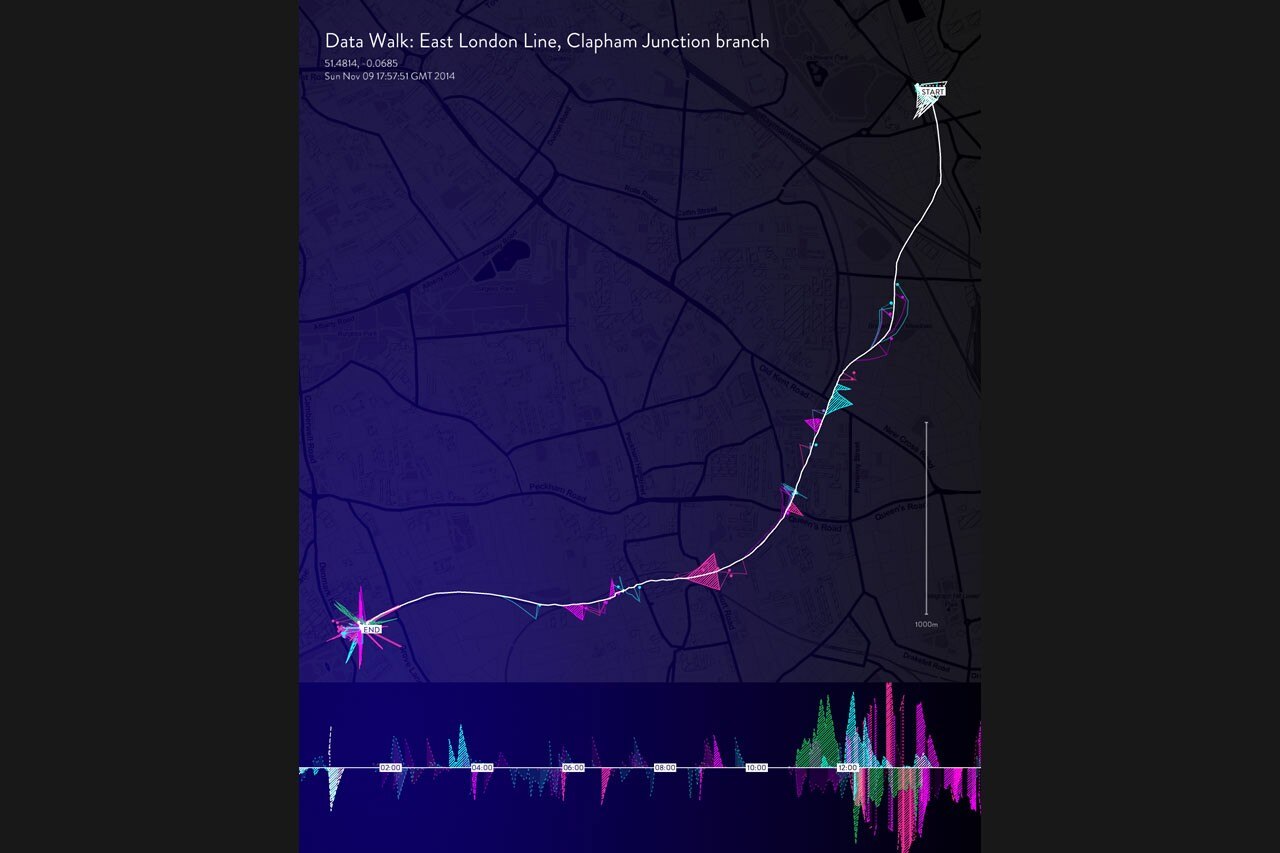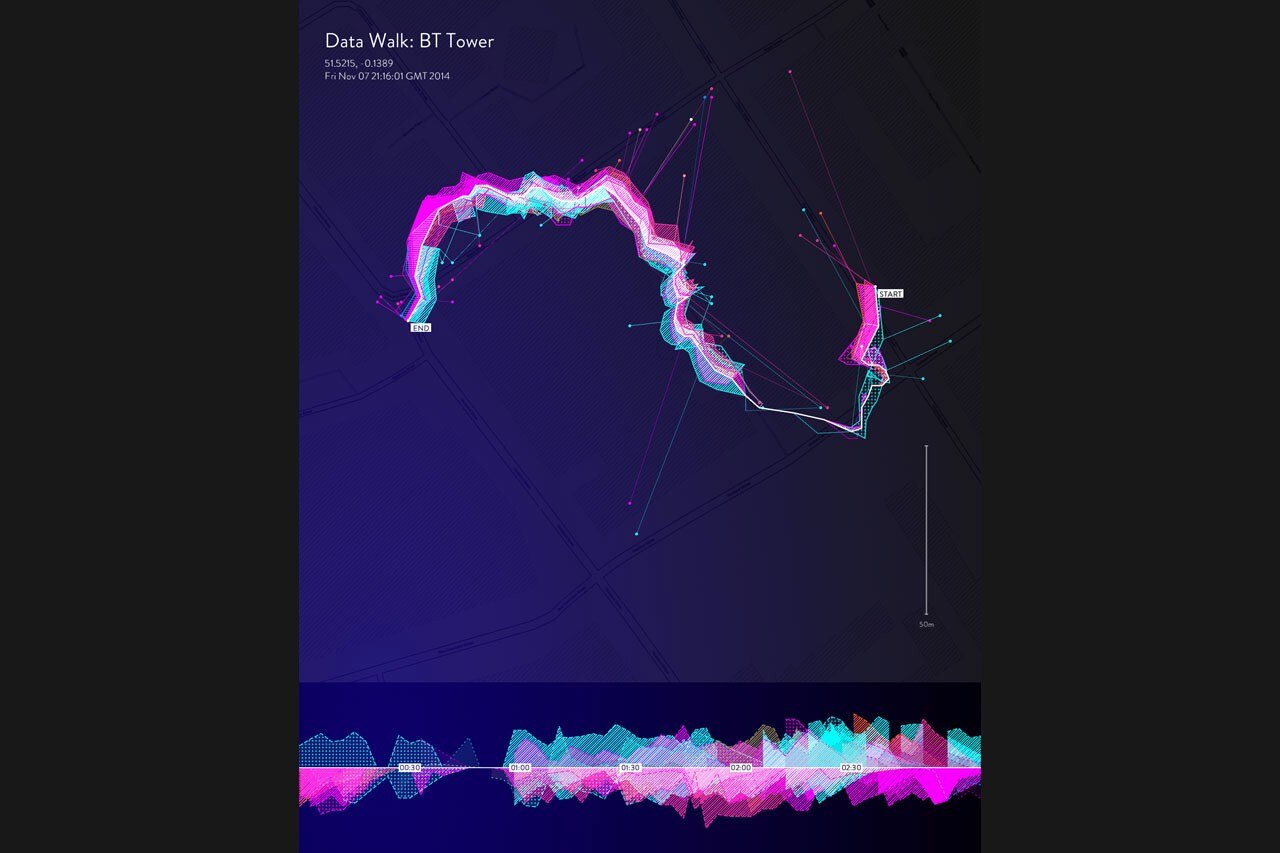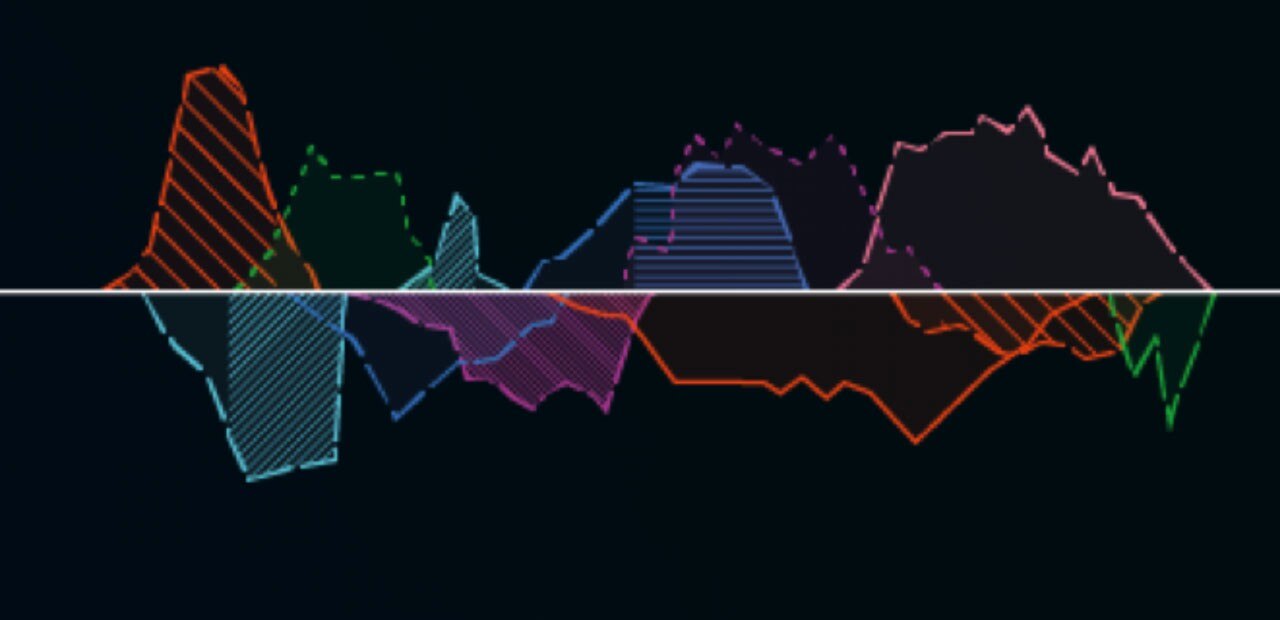This saturation of data has become a ubiquitous part of modern life, yet it is completely invisible to us. What would it mean to develop an additional sense which makes us continuously attuned to the invisible data topographies that pervade the city streets?

Phantom Terrains is an experimental platform which aims to answer this question by translating the characteristics of wireless networks into sound. By streaming this signal to a pair of hearing aids, the listener is able to hear the changing landscapes of data that surround them. Network identifiers, data rates and encryption modes are translated into sonic parameters, with familiar networks becoming recognizable by their auditory representations.
The project challenges the notion of assistive hearing technology as a prosthetic, re-imagining it as an enhancement that can surpass the ability of normal human hearing. By using an audio interface to communicate data feeds rather than a visual one, Phantom Terrains explores hearing as a platform for augmented reality that can immerse us in continuous, dynamic streams of data.

Phantom Terrains
Project: Frank Swain and Daniel Jones
Data visualisation: Stefanie Posavec
Supported by: Nesta and Starkey Hearing


